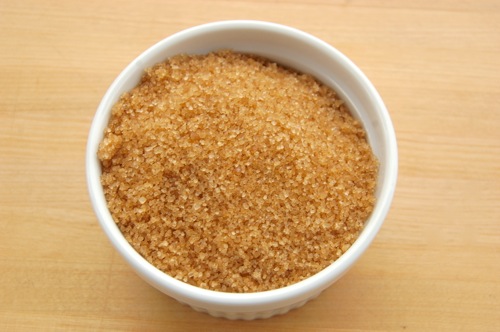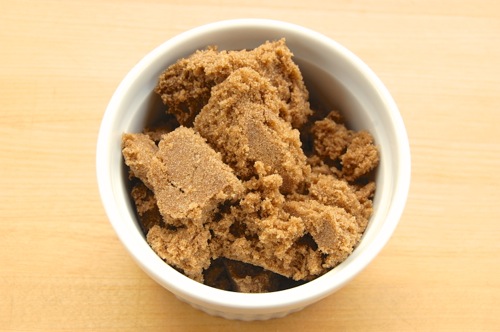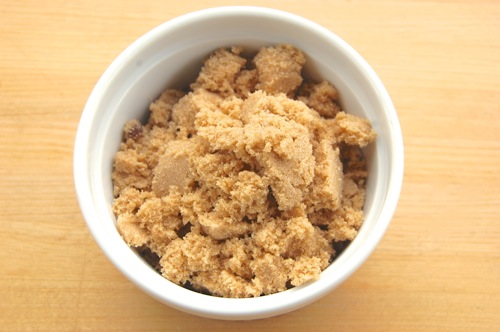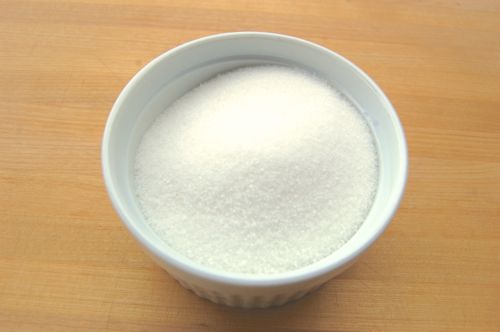Turbinado Sugar

Turbinado is a “raw” large-crystal sugar, which is to say it’s made and packed at a sugar mill close to the point of harvest, not at a refinery. It’s a product of the first crystallization that occurs at at mill. Like all crystal sugars it’s spun in a centrifuge to (mostly) rid it of molasses, but it’s the only sugar that I’m aware of that actually takes its name from the machinery (a centrifuge is also called a “turbine”). The processing removes nearly all of the original molasses (turbinado sugar is 98-99% sucrose) but it still has a more interesting flavor than white sugar since that original molasses often contains fresh grassy aromas and flavors from the cane plant. Because turbindo sugar has hints molasses flavor but is still mostly sucrose, it’s frequently used to top crème brûlée where it forms a flavorful — yet still quire hard — crust.
READ ON



